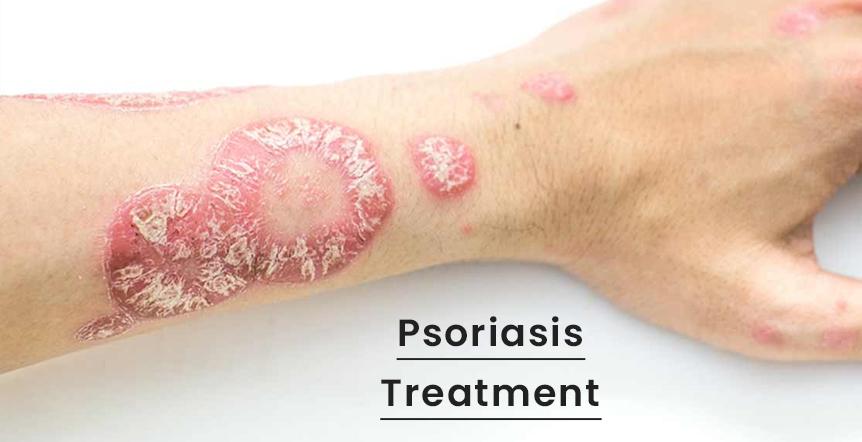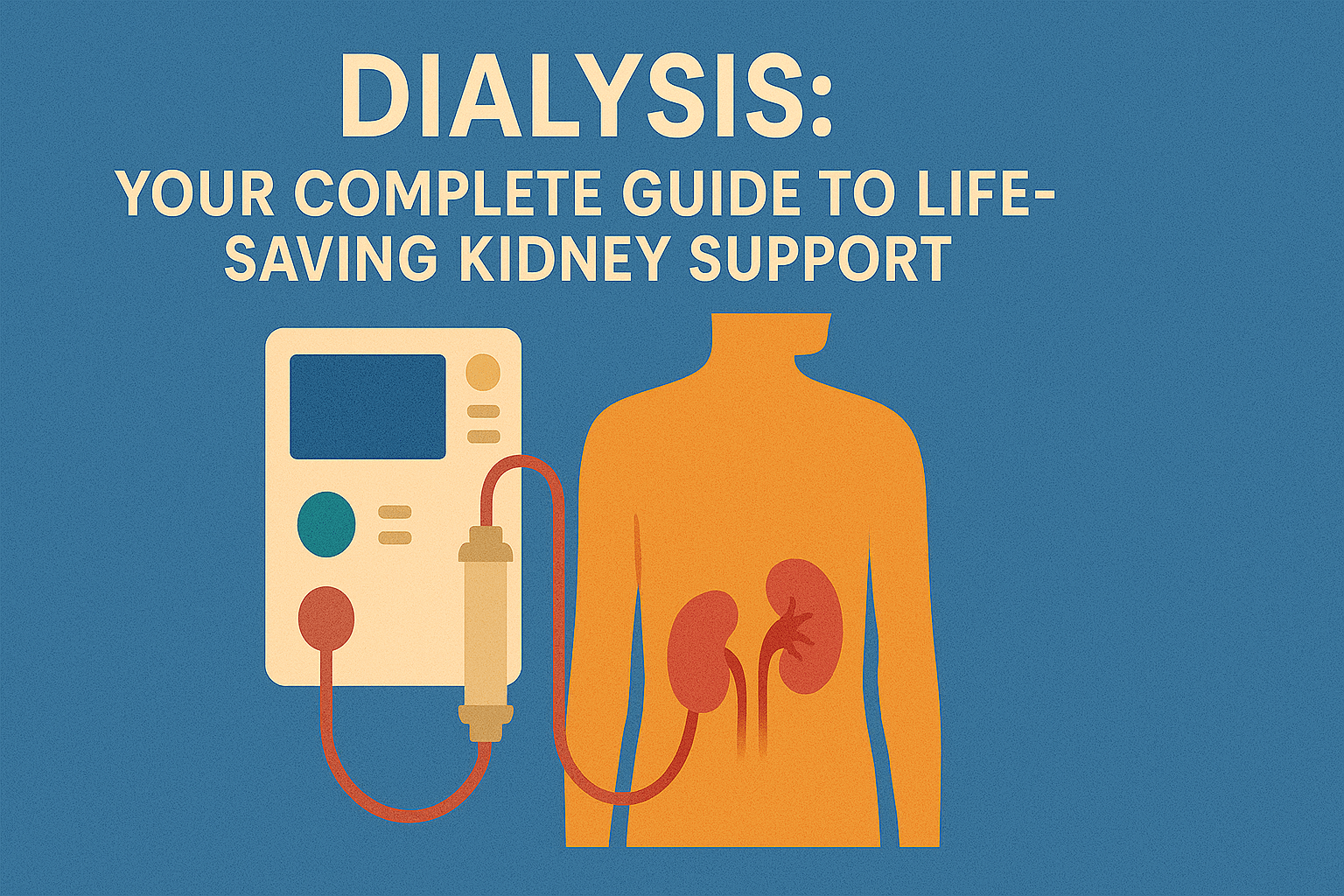Do you know that more than 7.5 million Americans live with psoriasis? And among them, about 80–90% of people suffer from psoriasis. This is not just a cosmetic concern – it is a chronic autoimmune disease that can take a toll on your skin, confidence, and everyday life.
This guide unpacks the most effective, research-supported treatments for psoriasis. Whether you are making new diagnoses or looking for better results, we will find out what works, what does not, and what is ahead in your journey towards healthy skin.
Why plaque psoriasis treatment matters
1. Chronic nature of disease
The plaque psoriasis does not go away. Left untreated, it can often flare up, cause severe discomfort, and cause joint damage (psoriatic arthritis).
2. Emotional and social influence
The visible nature of the plaques often results in anxiety, depression, and social withdrawal. Treatment is not just about the skin- it is about mental welfare.
3. Life Quality
Serious cases can interfere with daily tasks, including walking, gold, and dressing. Proper treatment restores comfort and functionality.
Major benefits of initial and consistent treatment
- Few provoking
- Smooth, clear skin
- Better self-esteem
- Low risk of complications like psoriatic arthritis
- Better sleep and daily rest
Step-by-step guide for the treatment of plaque psoriasis
Step 1: Start with topical treatment
Light to moderate cases:
- Corticosteroids (eg, clobetasol): reduce inflammation and itching
- Vitamin D analogs (eg, calcipotriol): Skin slows down the growth of the cell
- Coal Tar: Relieves scaling and itching
- Salicylic acid: helps in removing scales
Tip: Always follow your dermatologist’s instructions – more use of steroids can dilute the skin.
Step 2: Phototherapy (light therapy)
For moderate psoriasis:
- Naroband UVB Therapy: Gold standard for light treatment
- Excise Laser: Target Specific Plate
- Puva Therapy: UVA Light Plus Psoralen Drug
Pro Insight: Phototherapy usually requires 2-3 sessions a week for several months.
Step 3: Systematic Medicines
For moderate to serious cases:
- Methotrexate and cyclosporin: immunosuppressants that help control immunity
- Acitretin: A retinoid is often used with phototherapy
Step 4: Biological Therapy
The next-generation treatment targets specific immune routes:
- TNF-Alpha Inhibitors (eg, Enbrel, Humira)
- IL-12/23 inhibitor (eg, stellar)
- IL-17 and IL-23 inhibitors (eg, Cosentyx, Skyrizi)
Note: These are usually given through injections and may require laboratory monitoring.
Real-world Case Study: A Biological Success Story
Name: Sara, 38 years old, Denver, Cum
Challenge: 15 years of history of plaque psoriasis for topical
Solution: IL-17 launched at Cosentex
Results: 85% decrease in plaques in 12 weeks. He gained his confidence and wore shorts for the first time in 10 years.
Actionable Tips and Daily Management
- Moisturize generously with fragrance-free emollient.
- Avoid triggers: Stress, smoking, alcohol, and skin injury can cause all flares.
- Stick to a routine: stability improves results.
- Track progress with photos and symptom magazines.
- Join support groups: The National Psoriasis Foundation provides excellent community resources.
Common Mistakes to Avoid
1. Self-healing
Not all rashes are psoriasis. Always consult a dermatologist.
2. Inconsistent use of treatment
Preventing and restarting drugs can reduce their effectiveness.
3. Ignoring mental health
Do not reduce the emotional burden. Look for support or counseling when needed.
Future Trends in Psoriasis Treatment
1. Individual medicine
Genetic testing and biomarker trekking will help patients match the most effective biologics.
2. Topical biology
Initial research is looking into non-enhanced biological remedies.
3. Microbiome therapy
Emerging studies show a link between intestinal health and psoriasis severity.
4. AI-operated monitoring
Apps and teledermatology are reforming diagnosis, treatment tracking, and early, provocative detection.
Conclusions: A Bright Future for Your Skin
Living with plaque psoriasis can be heavy, but you are not alone, and treatment is more effective than ever. From fast-acting biologics to lifestyle-based prevention, every seriousness level and every lifestyle are options.
Key Takeaways:
- Start with the topical and increase for systemic or biological therapy as required
- Work closely with a healthcare provider to track progress
- Do not ignore the emotional side of the situation
Next Step: Talk to your dermatologist about the latest treatment options or visit patient resources on psoriasis.org. Relief may be overcome in a few steps.




